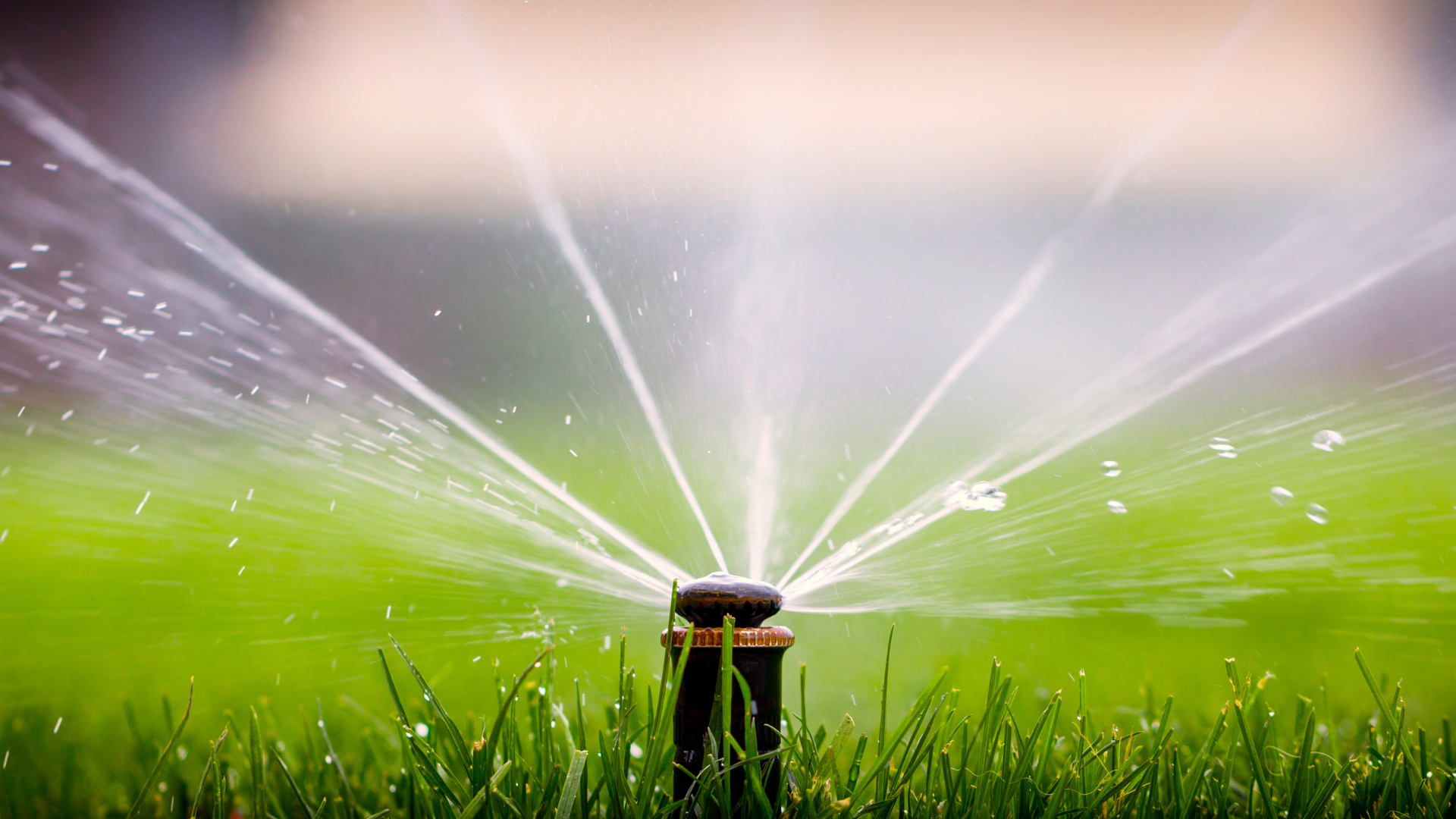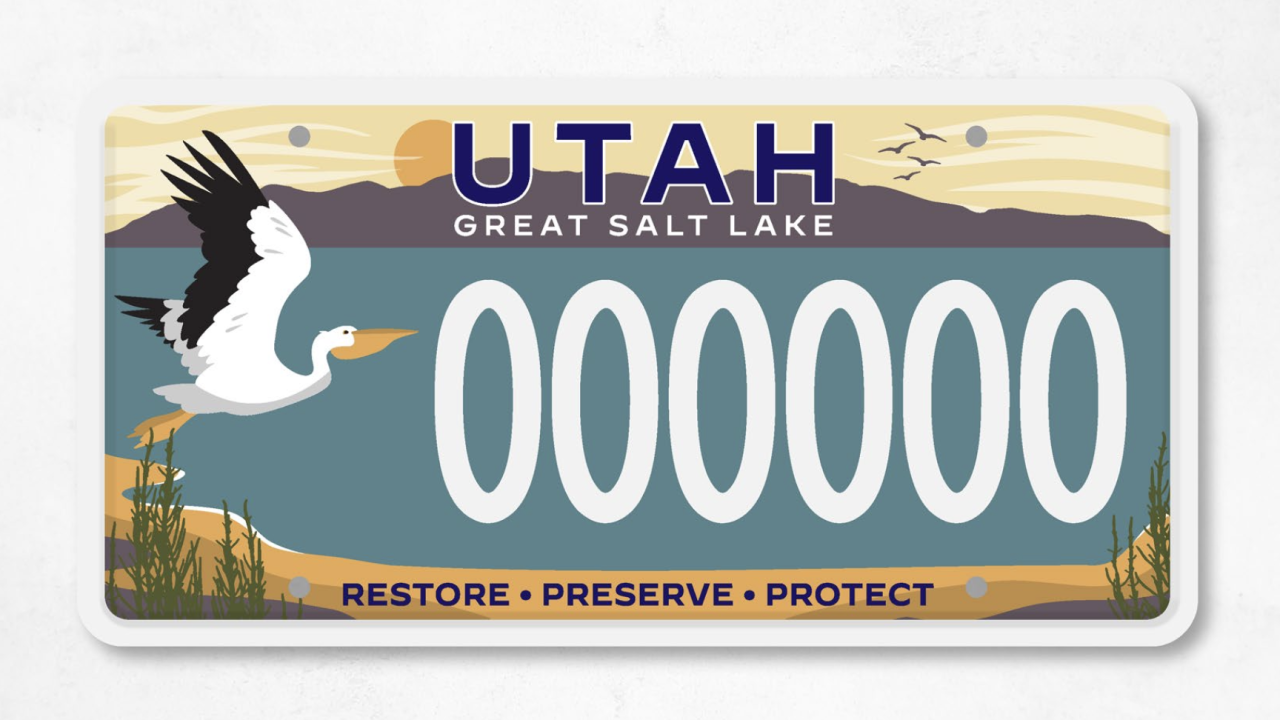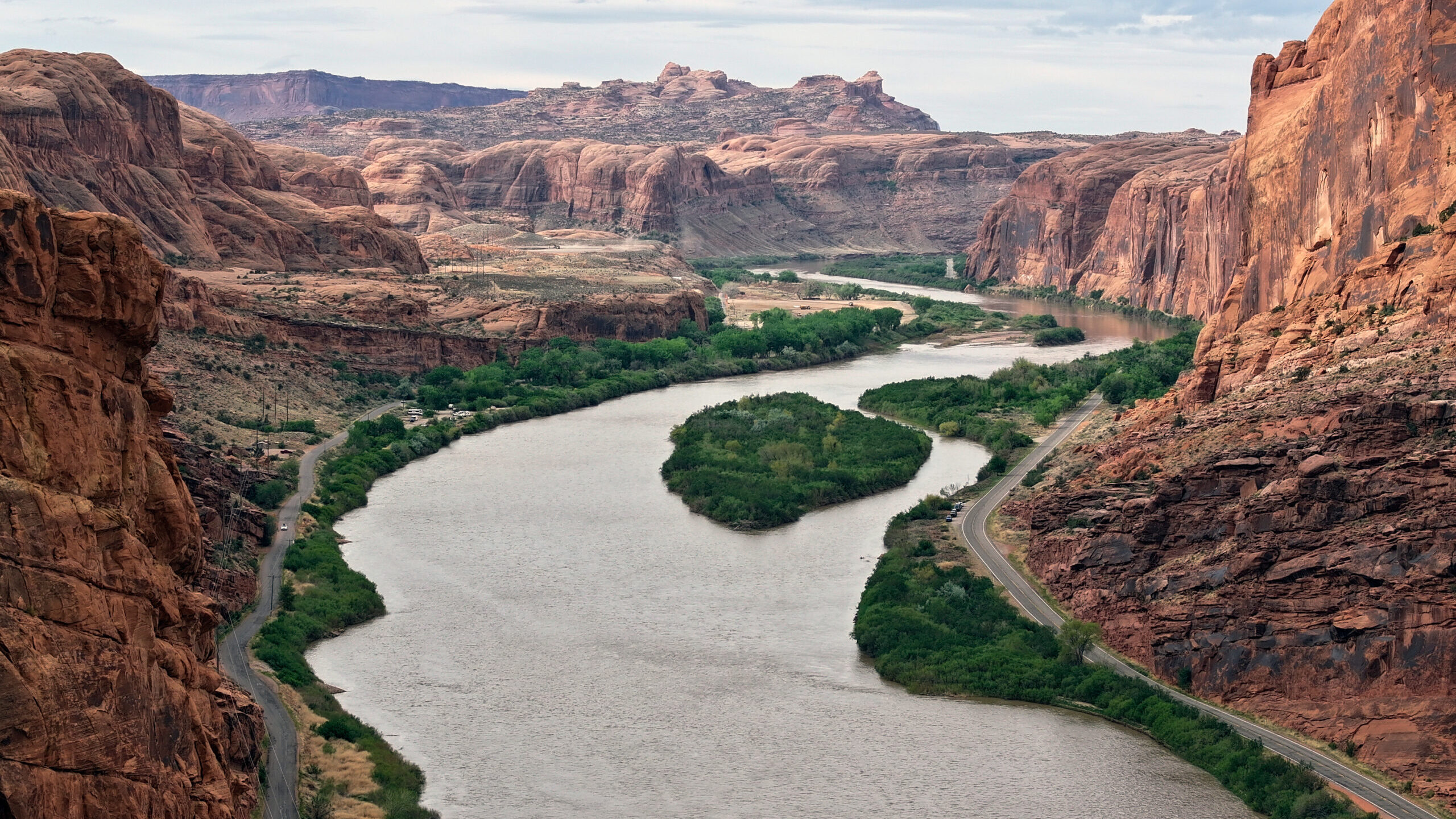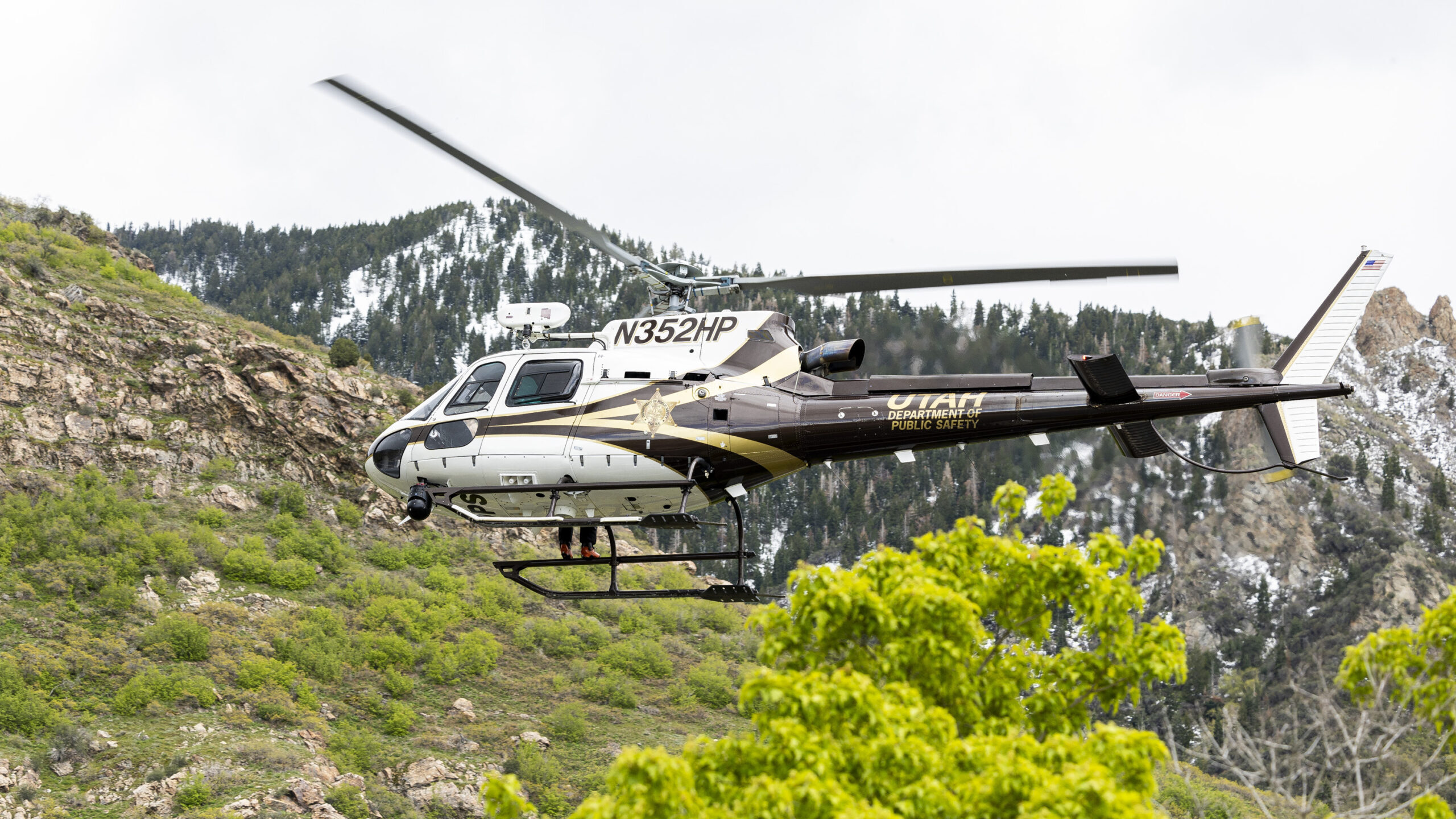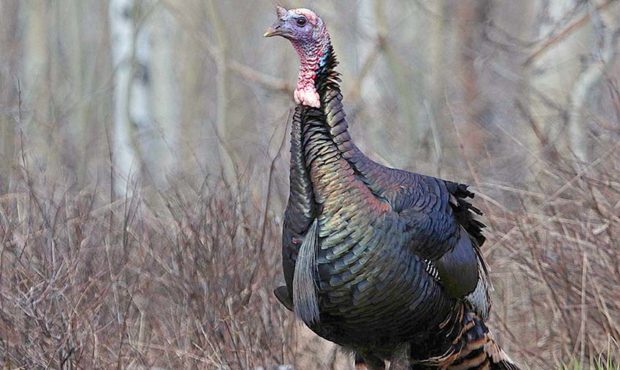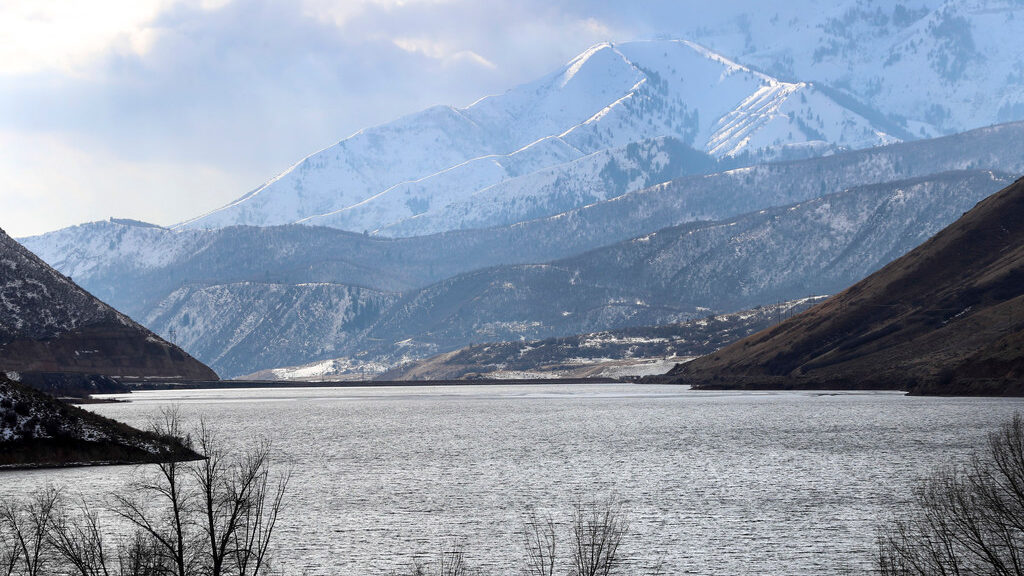Beating the summer heat: Be Ready Utah expert shares tips
Jul 8, 2023, 10:00 AM | Updated: 11:43 am
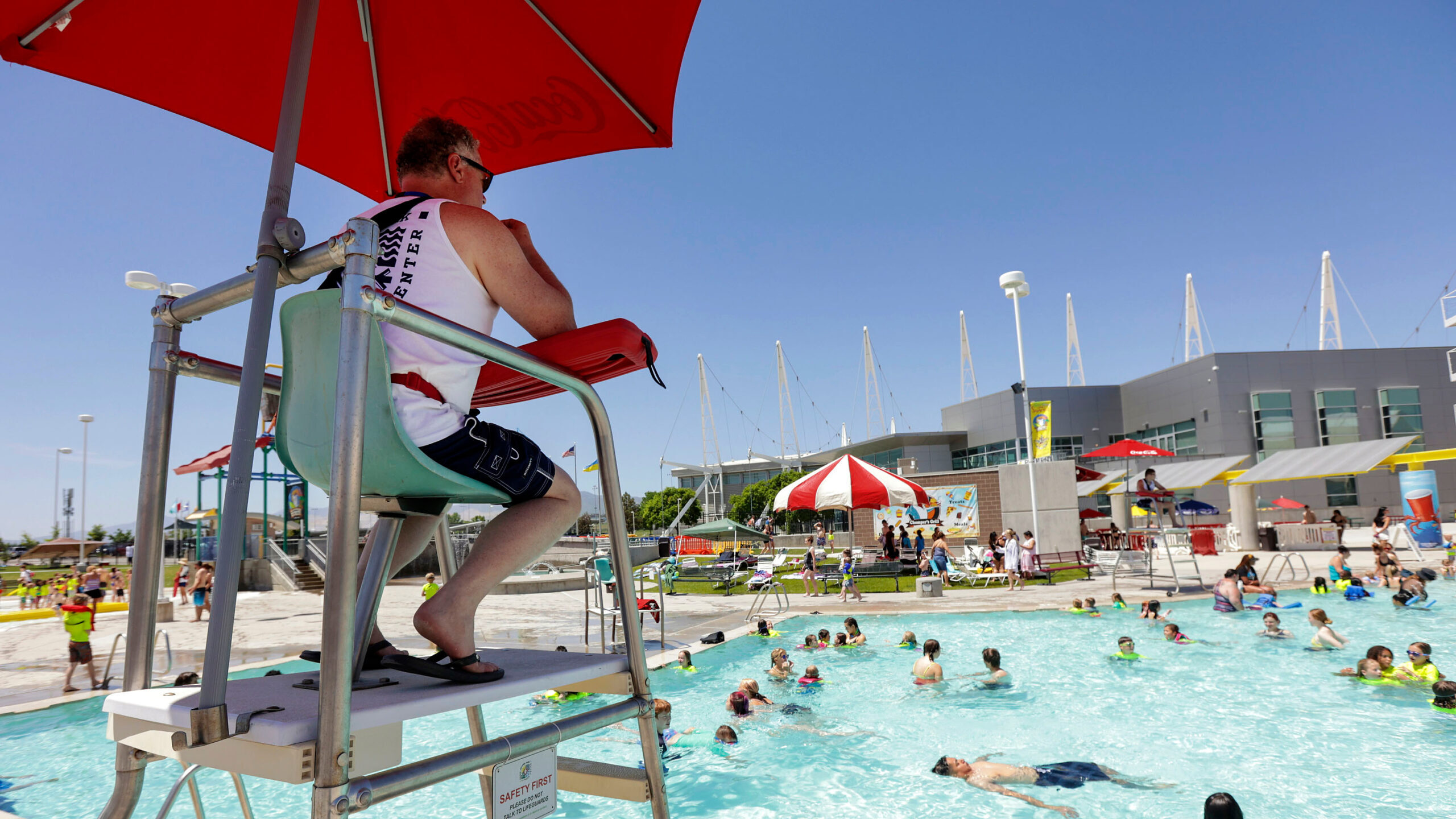
FILE: Lifeguard Mark Black watches swimmers at the Kearns Oquirrh Park Fitness Center pool in Kearns on Friday, June 10, 2022. (Mengshin Lin/Deseret News)
(Mengshin Lin/Deseret News)
SALT LAKE CITY — With a global average temperature of 62 degrees on Monday the Earth experienced its hottest day on record. It’s a reminder that triple-digit heat is approaching northern Utah — and that summer heat can be deadly.
A woman, 57, died while hiking near the Tuweep area of the Grand Canyon National Park on July 1, the National Park Service said.
According to a news release from the park service, the woman was pronounced dead after a park ranger found her early Monday around 1 a.m. The temperature in the area was more than 100 degrees and reached nearly 114 degrees in some areas, according to the park service as reported by CNN.
An expert in being prepared for emergencies of all kinds, Wade Matthews from Be Ready Utah told KSL NewsRadio that the heat doesn’t have to be fatal.
Watch your body for signs of heat illness in the summer
On an average day, some people like construction workers or gardeners spend a good deal of time outside in the heat. Others are in air conditioning most of the time, taking small excursions into the heat when moving from a car to their home or office, picking up the kids, or shopping.
In any case, heat-related illnesses begin as heat cramps.
“Heat cramps would be muscle pains or spasms in your stomach, arms or legs. And if you are experiencing any of those types of symptoms, get indoors [and] drink lots of water,” Matthews advised.
If untreated, heat cramps may move to heat exhaustion.
Heat exhaustion
According to the CDC, of the heat-related illnesses, heat exhaustion and heat stroke are the most serious. The symptoms of heat exhaustion include:
- muscle cramping,
- fatigue,
- headache,
- nausea or vomiting, and/or
- dizziness or fainting.
If untreated, heat exhaustion may progress to heatstroke.
Heatstroke
A heatstroke can happen if your body temperature rises to 104 F (40 C) or higher. Heatstroke is a serious, life-threatening condition characterized by the following symptoms:
- red, hot, and dry skin (with no sweating),
- rapid, strong pulse,
- throbbing headache,
- dizziness,
- nausea, and/or
- confusion.
Dress for the summer heat
Wearing loose-fitting, lightweight, and light-colored clothing can help someone who is outside avoid a summer heat-related illness.
In addition, Matthews recommends wearing a wide-brim hat, avoiding strenuous activity in the middle of the day, and drinking lots of liquids.
Cars are ovens in summer
According to the National Safety Council, each year nearly 40 children under the age of 15 die of heatstroke after being left in or becoming trapped in a hot car. The same is true for hundreds of pets each year according to People for the Ethical Treatment of Animals.
“People always have a tendency of leaving children and pets in the cars for just a few minutes when they’re running into the store. Never leave children or pets unattended in vehicles, even for just a few minutes in the heat,” Matthews said.
When the temperature outside is 80 degrees Fahrenheit, after an hour, the temperature inside a car can reach 123 degrees.
Related: A special turf that uses less water in Utah’s drought is growing in popularity
Dave & Dujanovic can be heard weekdays from 9 a.m. to noon. on KSL NewsRadio. Users can find the show on the KSL NewsRadio website and app, as well as Apple Podcasts and Google Play.


